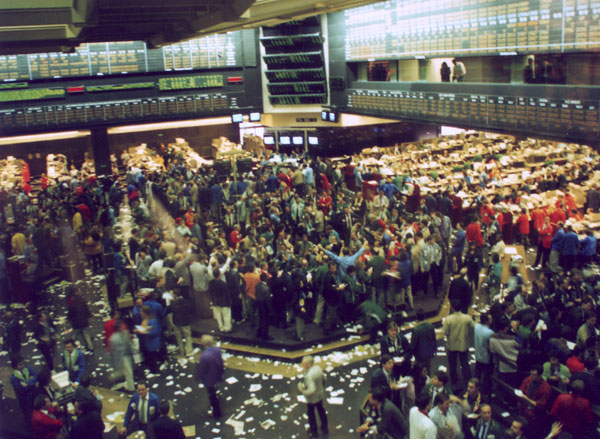
This gallery contains 0 photos →

This gallery contains 0 photos →

This gallery contains 0 photos →

This gallery contains 0 photos →
updated 11/21/2024 1. Fidelity ZERO Large Cap Index (FNILX) Expense Ratio: 0% Overview: Tracks a large-cap index similar to the S&P 500, offering broad market exposure at no cost. 2. Vanguard S&P 500 ETF (VOO) Expense Ratio: 0.03% Overview: Low-cost option for S&P 500 exposure with…